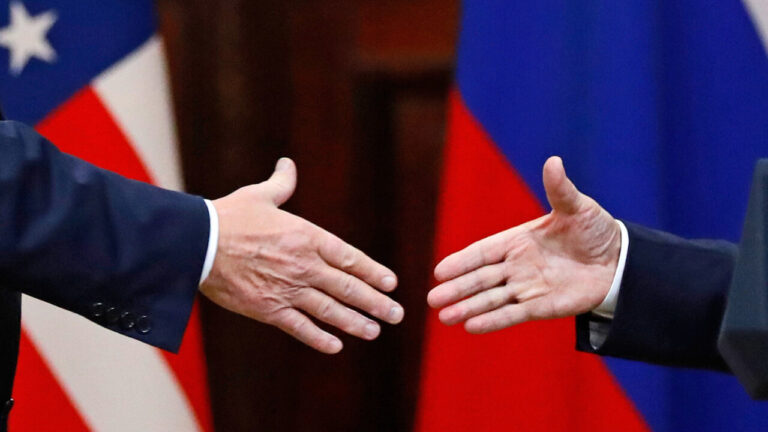China’s Tech Boom: How the Trade War with the US Sparked Innovation and Growth
In the wake of escalating trade tensions, China has expressed strong opposition to the recent tariffs imposed by U.S. President Donald Trump, characterizing them as an act of “bullying.” These tariffs are seen as a manifestation of unilateralism and economic protectionism, which have significant implications for international trade.
During a press conference, Foreign Ministry spokesperson Lin Jian elaborated on China’s stance, stating that the U.S., while claiming to act in reciprocity, is actually pursuing a hegemonic agenda that undermines the legitimate interests of other nations. Lin emphasized that the U.S. prioritizes “America First” over international trade rules, which could have detrimental effects on global economic stability.
- Key Points from Lin Jian’s Statements:
- The U.S. tariffs represent “typical unilateralism and protectionism.”
- Countries should unite against unilateralism and safeguard the international trading system.
- The tariffs affect over 180 countries and regions worldwide, highlighting their far-reaching impact.
Trump’s announcement of the tariffs, which includes a staggering 34% levy on all Chinese goods entering the United States, marks a significant escalation in the ongoing trade war. Since returning to the White House on January 20, Trump has already implemented two rounds of 10% additional duties on Chinese imports, further intensifying the friction between the two economic powers.
In a retaliatory move, Beijing has also rolled out its own 34% tariffs on all American imports, alongside additional measures such as export controls on rare earth minerals and trade restrictions targeting specific U.S. companies. These actions signify China’s commitment to responding firmly to the U.S. tariffs and protecting its economic interests.
The trade war initiated by Trump during his first term (2017-2021) has had profound implications for both nations, but it has also catalyzed significant advancements in China’s technology sector. According to CGTN’s Zhao Chenchen, the trade conflict has driven China to enhance its domestic technological capabilities.
Zhao states, “Since the onset of the U.S.-China trade war during Trump’s first administration, Chinese enterprises have gradually built resilience by developing indigenous technologies and diversifying their global supply chains. This transformation is closely tied to China’s broader industrial shift toward high-value sectors such as semiconductors and new energy.”
She further explains that U.S. sanctions restricting China’s access to advanced electronic components have compelled Chinese companies to focus on self-sufficiency. Despite the challenges posed by these sanctions, particularly those blocking access to advanced ASML lithography machines, Chinese semiconductor firms are making strides in building domestic capabilities across the entire value chain.
- Highlights of China’s Technological Advancements:
- Homegrown equipment is now capable of producing 28nm or older-generation chips.
- Chinese firms are advancing in chiplet technology, breaking down complex SoC designs into smaller, modular integrated circuits.
Zhao notes that China has been systematically prioritizing basic research within its national strategies, as outlined in the 2025 Government Work Report, which explicitly pledges to “establish a mechanism to increase funding for industries of the future” including quantum computing and artificial intelligence.
According to a report from the CDI China Development Zone Innovation Research Institute, these compound tariffs are expected to “fundamentally reshape the competitive dynamics between Chinese and U.S. manufacturing.” This shift will likely compel China to navigate a challenging transition over the next three to five years, moving from a cost-driven export model to a technology-driven globalization approach.
As both nations continue to engage in a tit-for-tat tariff regime, the implications for international trade are profound. The ongoing trade war not only affects economic relations between the U.S. and China but also has ripple effects across global markets, impacting various industries and economies worldwide.
In conclusion, the current trade tensions underscore the complexities of international economic relations, where unilateral actions can lead to broader consequences. As nations grapple with these challenges, the importance of multilateralism and cooperative trade practices becomes increasingly evident. The call for unity against protectionism remains a vital message as countries navigate the evolving landscape of global trade.






